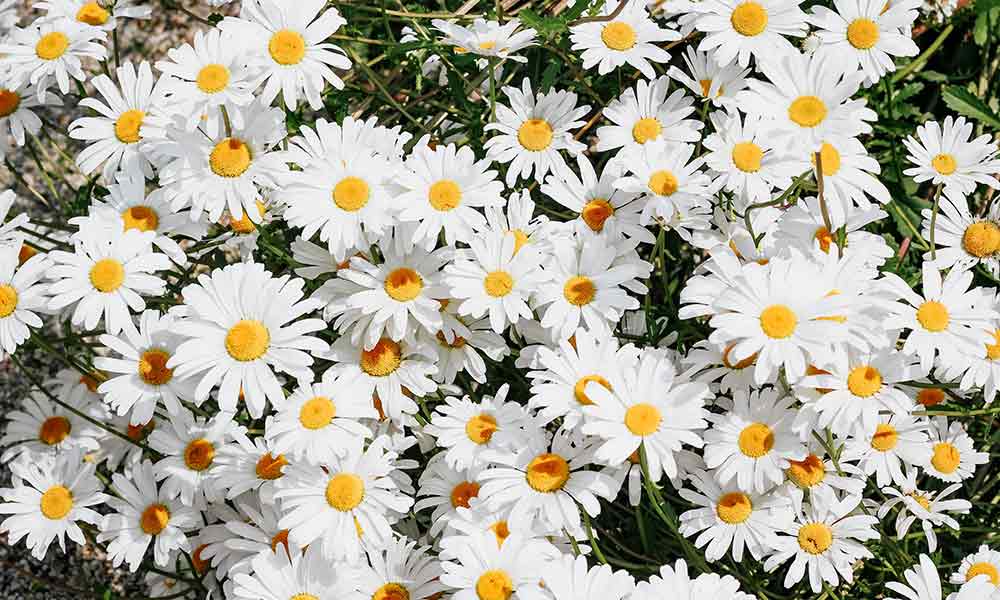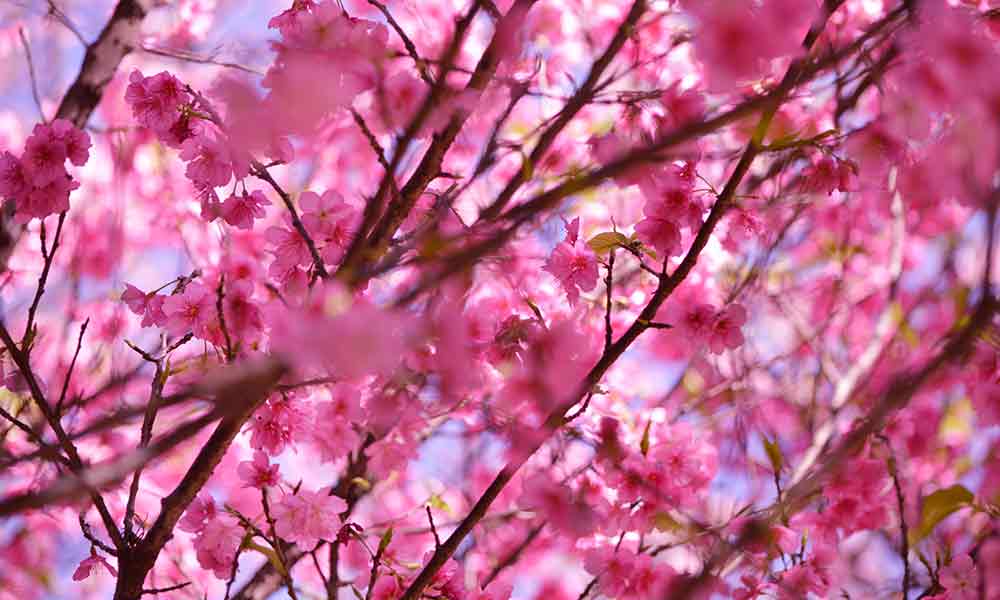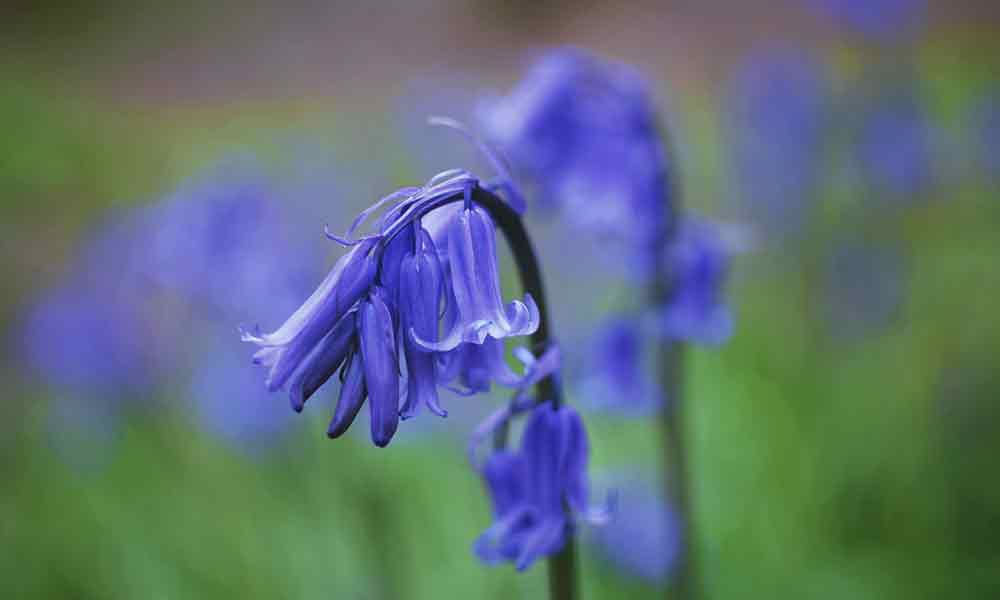Dogwoods are popular in landscaping and are native to Europe, eastern Asia, and North America. The dogwood exists as a tree or shrub and features in a few legends. Some species have colorful stems or leaves. But what it is truly known for are its beautiful blossoms, which come in white, yellow, light pink to dark. These flowers are full of meaning and symbolism.
Dogwood flowers have meaning and symbolism, including resilience, strength, purity, durability, and rebirth. In addition, a Christian legend says Jesus promised the dogwood it wouldn’t be used for crucifixion again. A Cherokee legend tells of the Dogwood People, spirits that do good deeds.
Dogwood blooms are not a popular choice for flower arrangements. However, the tree is often given to people to celebrate the birth of a child or buying a new home. The trees are also given as gifts to mark a significant religious event, such as a baptism, first communion, or confirmation. But not all its meaning is tied to Christianity.
Dogwood Flowers Meaning & Symbolism
The dogwood is often associated with an anonymous poem written in the early 20th century. Thus, many of its flowers have religious meaning and symbolism. But some of its meaning is derived from the tree’s own fortitude. Despite its delicate appearing blossoms and slighter stature to the mighty oak, it is a remarkably hardy tree and shrub, as are its flowers.
White Dogwood Flowers Symbolism
White dogwood flowers are often used as a symbol for:
- Purity
- Spirituality
- Innocence
- Rebirth
- A general Christian symbol
Hence, it is popular to use white dogwood branches full of blossoms as decoration during baptism, Easter celebrations, or weddings.
The connection of the flower to Christianity ties into the crucifixion and resurrection of Christ. Thus, the pistil, the center of the flower, with its filaments and anther, are said to represent the “crown of thorns” Christ wore upon his crucifixion.
The notch at the tip of each petal of the dogwood is said to be representative of the nails driven into Christ.
The slight stain of yellow or blush that many white blossoms possess is said to be representative of the drops of Christ’s blood as he hung from the cross.
Dogwood Flowers Traditional Meaning & Symbolism
Historically, the dogwood flower was not a Christian symbol and did not hold these spiritual meanings of purity and rebirth. Instead, these meanings came after the early 20th-century poem was written, inspiring a legend. Thus, even today, many people still look to the dogwood as a symbol of these traditional meanings.
Traditionally the flower symbolizes:
- Durability
- Reliability
- Resilience
- Strength
These traits are a testament to both the tree’s wood and its flower. For although they have a delicate look, they are hardy and tenacious. The blooms withstand some pretty hectic weather conditions, and they don’t easily wilt.
Dogwood is an incredibly hard timber, making it perfect for tools such as rolling pins, mallets, spindles, and loom parts. In addition, the grain smooths beautifully, making it a pleasure to use as knitting needles and sled runners, which need a finish that glides.
Victorian Dogwood Flower Tradition
Dogwood flowers have a romance attached to them thanks to a Victorian tradition. Like leaving an admiring Valentine, a young man would bestow a spring of dogwood, bearing a bloom, as a token of his affection to a lady he hoped to court. If she kept the flower, it was a sign she was interested in the young man. If she sent the token back, he was rebuffed.
Thus, the dogwood flower is not only a symbol of affection but also pity (poor broken-hearted lad, indeed).
Christian Dogwood Legend
Back in the early 20th century, a poem was written about Jesus and the dogwood tree. While dogwoods are not native to the Middle East, the poem attributes the dogwood as the source of the timber for Christ’s cross. It is unknown why the poet was inspired to make such a choice.
Since the poem was written, the story turned into a legend, told orally and written. As all good legends are prone to do, the tale morphs with the teller. However, they all contain a similar storyline.
They say that the dogwood was once mightier than the oak. But when it was selected to be the timber for Christ’s cross, it was horrified by the abominable deed it was being forced to do. Thus, Jesus, feeling compassion for the dogwood, promised it would never again be used in such a horrific way. Now the dogwood is a modest tree that bears blossoms in remembrance of Christ.
Cherokee And Native American Dogwood Legend
Native Americans used the dogwood tree in many aspects of their lives. The bark was used for herbal remedies and as part of a special tobacco mix. Its wood was excellent for making tools such as arrows and toothbrushes. They also used its blooms as a sign that the season to plant corn had arrived. Thus, the dogwood worked its way into stories, too.
The Dogwood People, A Cherokee Legend
The Cherokee had tales of the Yunwi Tsunsdi, which means “little people.” These spirits were often invisible and, if they allowed you to see them, appeared as people the size of small children. The tales and descriptions of the Yunwi Tsunsdi are not unlike many faerie stories. They could be mischievous and could met out punishments for those that did them wrong.
The spirits were not all one people but had their own clans and personalities. Each would have their own lessons. These included the Rock People, the Laurel People, and the Dogwood People.
The Dogwood people were the kindest, who lived to take care of people. Their lesson to humans was that you should do a good deed “out of the goodness of your heart” and not do it for personal gain, or so someone owes you a favor.
A Native American Dogwood Legend
There is another Native American story often attributed to the Cherokee. It is said that this tale is what gave the Cherokee Princess Flowering Dogwood its name.
The tragic tale tells of a Cherokee princess slain by a jealous warrior she did not love. The princess tried to stop her bleeding by pressing dogwood flowers against her wounds in desperation. Thus, the dogwood flowers bear her stain.
Dogwood Winter
A Dogwood winter sounds like a superstition, but the old farmers in the United States learned a few things from the Native Americans. Thus, farmers would also wait until the dogwood bloomed before planting their crops.
People did this because there is often a false spring at the end of winter when snow melts and some plants bloom. Then another freeze hits, killing any crops planted in the brief period of warmth. But the dogwood would not be fooled. Thus, the term “Dogwood Winter” refers to the tree still behaving as if it were cold, despite the faux-spring.
Conclusion
Though dogwood is not a popular flower to put in a vase, it is rich in meaning, symbolism, and tales. While much of its modern meaning is tied to Christianity, its older meanings are still relevant today. Meanwhile, if you live around dogwoods, wait until they bloom before planting in spring.




